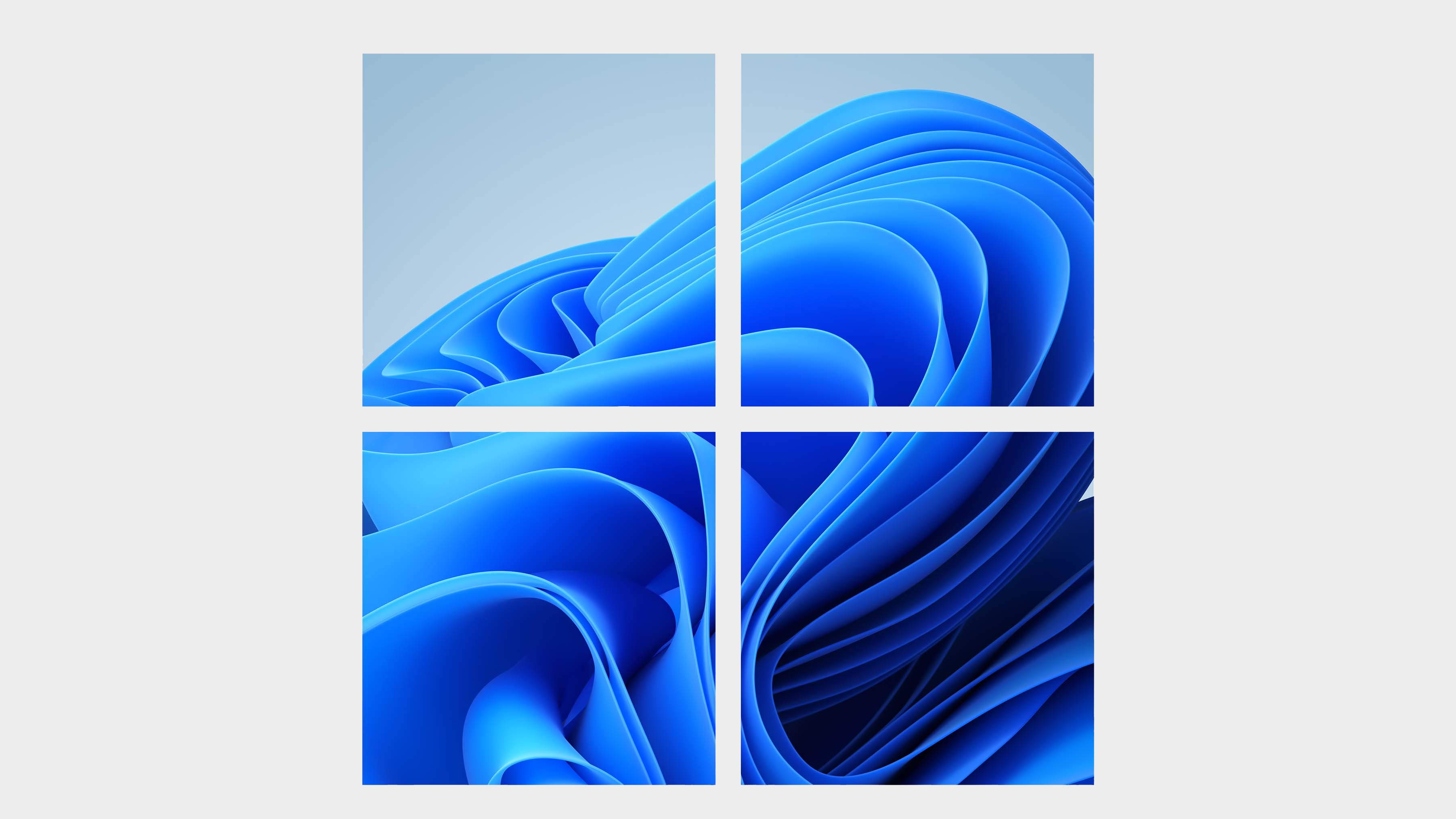Amazon says 'New World is safe to play' despite anecdotal reports of bricked GPUs
The company breaks cover on the MMO that some users claim is still breaking their expensive GPUs.

We've been reporting on the reportedly graphics card bricking antics of Amazon's New World, an MMO that's been dividing the PC Gamer team and hate-played to wolf death by our Fraser, since it first broke cover in closed beta. Now it's out for reals and there are still reports that players of New World are finding their hardware irrevocably b0rked, blaming the game for their tech failures.
Looking through the New World support forums, and combining reports from my own inbox, I've counted more than 20 instances of reported dead GPUs. But there are also hundreds of reports of regularly crashing PCs, and further claims of bricked graphics cards across packed reddit threads with hundreds or thousands of comments.
Amazon, for its part, is convinced any hardware that is falling over has nothing to do with its game, echoing its same stance around the closed beta.
"We have received a small number of reports of players encountering issues with GeForce RTX cards," Amazon tells us in a statement. "After a lengthy investigation, we have verified that there is no unusual behavior from New World that causes these issues. EVGA has previously acknowledged manufacturing issues on some GeForce RTX cards.
"New World is safe to play, and we encourage players who have encountered a hardware issue to contact the manufacturer."
When EVGA admitted the fault with its GPUs it stated that only around two dozen RTX 3090 GPUs that had failed during the closed beta, which should give you some idea of the scale of the problem.
As we've said in our reports on the matter before, we've had New World running on many different PCs around the office, and across our international team of PC Gamers, and not one of our systems has blown up. And Alan has a tendency to break hardware; exhibit one is the mess he's made of his fresh Windows 11 installation.
The biggest gaming news, reviews and hardware deals
Keep up to date with the most important stories and the best deals, as picked by the PC Gamer team.
But that doesn't change the fact there are many forum posts out there accusing New World of being the cause of death for many a GPU. My own email inbox contains not a few anecdotal accounts of brick by MMO, too.

Windows 11 review: what we think of the new OS
How to install Windows 11: safe and secure install
What you need to know before upgrading: things to note before downloading the latest OS
Windows 11 TPM requirements: Microsoft's strict security policy
So, who's right and who's wrong? I have to say my instinct is to almost side with Amazon. No, I'm not after a trip in Jeff's phallic rocket, gratis, I just don't believe there is anything actually in New World's code that specifically bricks GPUs. What I think might be happening is that some parts of that code may put a level of stress on a graphics card or PSU that, if there are any underlying issues with that tech—issues that other games may not highlight however long they're played for—then those will come to the fore with New World. And potentially in pretty catastrophic ways.
In our testing we've noted increased load around changing options in the settings screen, and there is also a report of New World ignoring power limits specified in software.
I mean, Furmark can be pretty damaging if your hardware is not up to snuff, and you wouldn't necessarily accuse that of bricking your GPU when you're stress testing a system. Though such a comparison doesn't come out as particularly favourable for Amazon's code; an MMO with such reasonable system requirements absolutely should not be putting such stress on a PC that parts of it make like a military academy and start passing out.
In the end then New World probably is safe to play, so long as your system is able to pass the Amazon stress test.

Dave has been gaming since the days of Zaxxon and Lady Bug on the Colecovision, and code books for the Commodore Vic 20 (Death Race 2000!). He built his first gaming PC at the tender age of 16, and finally finished bug-fixing the Cyrix-based system around a year later. When he dropped it out of the window. He first started writing for Official PlayStation Magazine and Xbox World many decades ago, then moved onto PC Format full-time, then PC Gamer, TechRadar, and T3 among others. Now he's back, writing about the nightmarish graphics card market, CPUs with more cores than sense, gaming laptops hotter than the sun, and SSDs more capacious than a Cybertruck.

